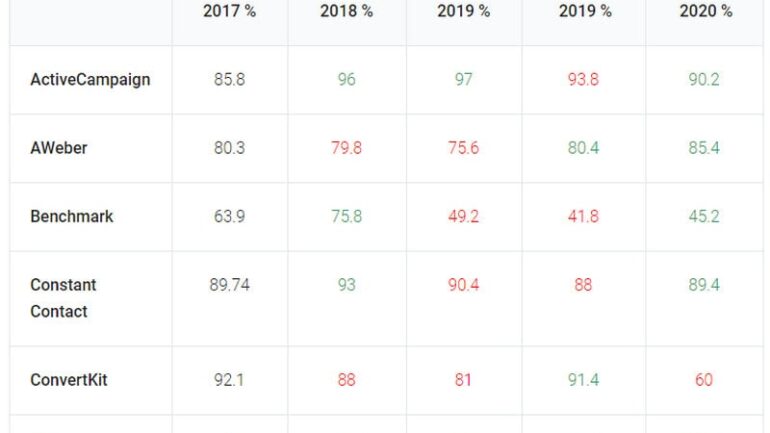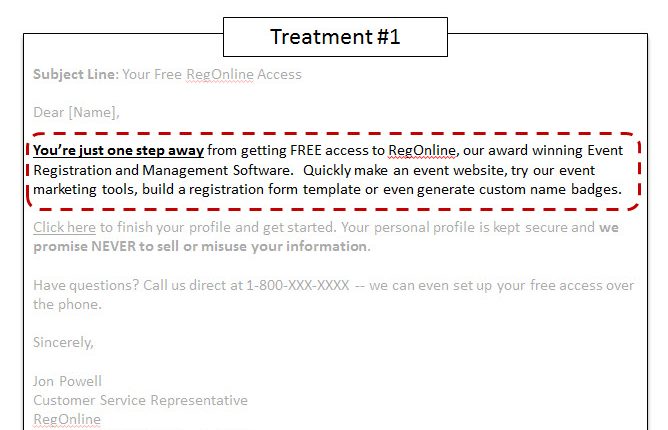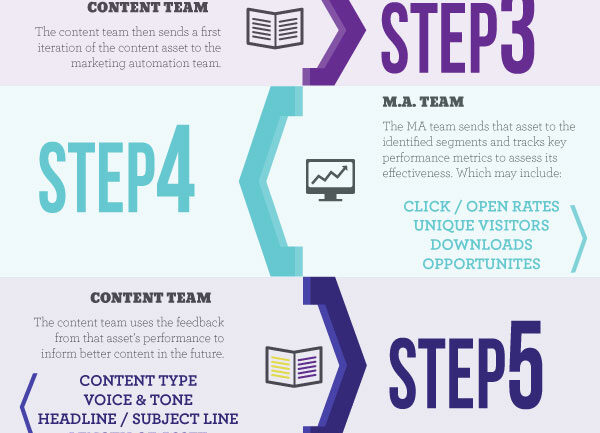Introduction
In today’s digital world, email has become an essential communication tool for individuals and businesses alike. However, with the rise of spam emails, it has become increasingly challenging to ensure that legitimate emails reach the intended recipients’ inbox. This blog post will provide you with best practices to help your emails avoid the dreaded spam folder and ensure deliverability and compliance.
1. Understanding the Importance of Email Deliverability
Email deliverability is crucial for the success of your email marketing campaigns. If your emails end up in the spam folder, your recipients won’t see them, resulting in missed opportunities. It’s essential to follow best practices to ensure that your emails reach the intended inbox.
2. Build a Quality Email List
Start by building a permission-based email list. Avoid purchasing or renting email lists, as they often contain invalid or outdated email addresses that can harm your deliverability. Encourage your website visitors to subscribe to your emails through clear opt-in forms and provide valuable incentives to increase sign-ups.
3. Use Double Opt-In
Implement a double opt-in process to ensure that only those who genuinely want to receive your emails are added to your list. Double opt-in requires subscribers to confirm their email address, reducing the chances of spam complaints and fake sign-ups.
4. Personalize and Segment Your Emails
Personalization enhances engagement and improves deliverability. Address your subscribers by their name and tailor the content based on their preferences. Segment your email list into smaller groups based on demographics, interests, or purchase history. Sending relevant content to specific segments increases the chances of inbox placement.
5. Craft Engaging Subject Lines

Your subject line plays a vital role in email deliverability. Avoid using spam trigger words and phrases that can land your emails in the spam folder. Instead, create compelling subject lines that grab attention and entice recipients to open your emails. A/B testing can help you determine which subject lines perform best.
6. Optimize Email Content
Ensure that your email content is optimized for deliverability. Avoid using excessive capitalization, excessive exclamation marks, and misleading subject lines. Use a mix of text and images, and balance the HTML and text ratio. Including a plain text version of your email ensures compatibility with all email clients.
7. Regularly Clean Your Email List
Regularly clean your email list to remove inactive or unengaged subscribers. High bounce rates and spam complaints can negatively impact your deliverability. Remove subscribers who haven’t opened your emails in a long time or haven’t engaged with your content. Keeping a clean list helps maintain a strong sender reputation.
8. Monitor and Analyze Metrics
Monitor your email deliverability metrics regularly. Track your open rates, click-through rates, bounce rates, and spam complaints. Analyzing these metrics helps you identify any deliverability issues and take necessary corrective measures. Use a reputable email service provider that offers detailed analytics.
9. Authenticate Your Emails
Implement email authentication protocols such as SPF (Sender Policy Framework), DKIM (DomainKeys Identified Mail), and DMARC (Domain-based Message Authentication, Reporting, and Conformance). These protocols verify the authenticity of your emails and prevent spoofing, thus improving deliverability.
10. Comply with Email Laws and Regulations
Ensure that your email marketing practices comply with applicable laws and regulations, such as CAN-SPAM Act and GDPR. Include a clear and visible unsubscribe link in every email, honor unsubscribe requests promptly, and respect your subscribers’ privacy rights. Non-compliance can lead to legal issues and damage your sender reputation.
By following these best practices, you can increase your email deliverability and avoid the dreaded spam folder. Remember, delivering valuable and relevant content to your subscribers is key to maintaining a strong sender reputation and achieving email marketing success.
Summary
Email deliverability is critical for any organization that relies on email marketing or customer communication. To avoid being marked as spam and improve deliverability rates, businesses need to adhere to certain best practices. This blog post will cover important aspects such as email authentication, sender reputation management, content optimization, and compliance with anti-spam regulati find more ons. By implementing these strategies, you can enhance your email deliverability, increase customer engagement, and drive better business results.

Hello, I’m Aiden Hibbins, a passionate and experienced Content Strategist specializing in Social Media Marketing, Web Design and Development, and SEO Optimization. With a deep understanding of the digital landscape, I strive to help businesses and individuals create compelling and effective online content strategies.



